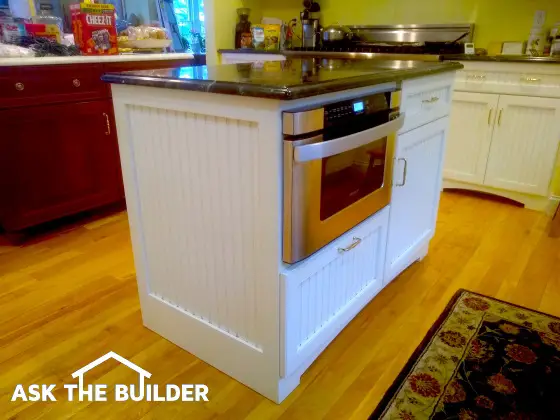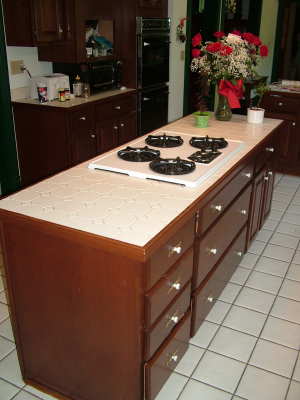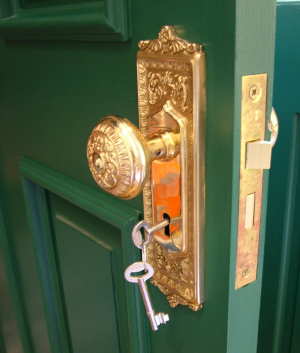Delta faucets have played a very large part in my career as a builder, licensed master plumber and homeowner. The name Delta faucets brings a smile to the face of any experienced marketing manager or progressive university professor whose field of study is marketing. Over the years massive sums of money have been poured into marketing campaigns to build the Delta faucet name so that consumers like you and I equate Delta with quality and style.
But great marketing can only carry a product so far. If the Delta faucets were not made well, they would have fallen by the wayside. When you buy a faucet, you expect it to last. If you have to pay a plumber to install a faucet, you only buy a cheap faucet one time. I can tell you for a fact, I have never had to replace a Delta faucet on one of my jobs because it failed prematurely. Each Delta faucet I have ever installed has performed just like an athletic workhorse.
I was first exposed to Delta faucets in the mid 1970's. Keidel Supply, a plumbing supply house in my city, was a stocking distributor for Delta faucets. They still are, and my guess is they sell thousands of them each year. When I first saw Delta kitchen and bath faucets, they were affordable, and appeared to be a good value to me at the time. After installing several, I knew they would work well for my customers. It was an exciting time to be a young plumber, as the switch from traditional rubber and plastic washers to washerless cartridges was in full swing, and Delta was at the head of the pack.
Delta faucets have always had well-engineered internal parts. It is not uncommon for a faucet cartridge to last 10 or even 15 years before the faucet starts to drip. In my own home, I have a kitchen faucet that is nearly 20-years old. It still has the original factory cartridge in the cold water handle. The faucet shuts off completely, and there is not a leak. That faucet handle has undoubtedly been turned on and off well over 250,000 times, and it still works just as it did when I took it out of its cardboard box.
Some older Delta faucet models have a small spring that is part of the faucet cartridge assembly. Many a homeowner has failed to replace this small part when installing a new cartridge. It is wise to replace this spring as they do wear out. Furthermore, different water systems throughout the nation have varied water chemistry that can weaken the metal used to make the spring.
The cartridges that control water flow through the faucet are fairly inexpensive. If you have a Delta faucet that you love and want to keep it for years, it makes sense to buy several replacement cartridges now while the parts are easy to come by. Store these parts in a plastic bag stapled to the inside of the sink base cabinet. In the event the faucet starts to leak, you have the original Delta replacement part handy. Once you discover how easy it is to install a new replacement cartridge, you will enjoy that feeling of satisfaction of a job well done.
Delta faucets have come a very long way. The styling and selection is now five or ten times what it was thirty years ago. The assortment of finishes is also astounding. I can clearly remember when polished chrome was the only real option my customers had. No one would have ever thought you could get polished nickel, oiled bronze and tarnish-free polished brass faucets back thirty years ago.
If you want your Delta faucet to last for 20 or 30 years, carefully read the installation manual, and follow the simple instructions. Pay attention to the cleaning instructions that come with the product. Avoid the use of abrasive cleaners, as they will scratch the finish of any faucet. To avoid water spots, take a few seconds to wipe the faucet with a dry dish towel as soon as you are finished using the faucet. A soft, cotton cloth will keep the finish looking perfect for years.
If you do have a hard water problem with the ugly white spotting, use a 50/50 solution of white vinegar and water to remove water spots from your Delta faucets. Never use harsh chemicals that say they will remove hard water deposits. The chemicals in some of these products may permanently damage your Delta faucets.
Column EM0040




